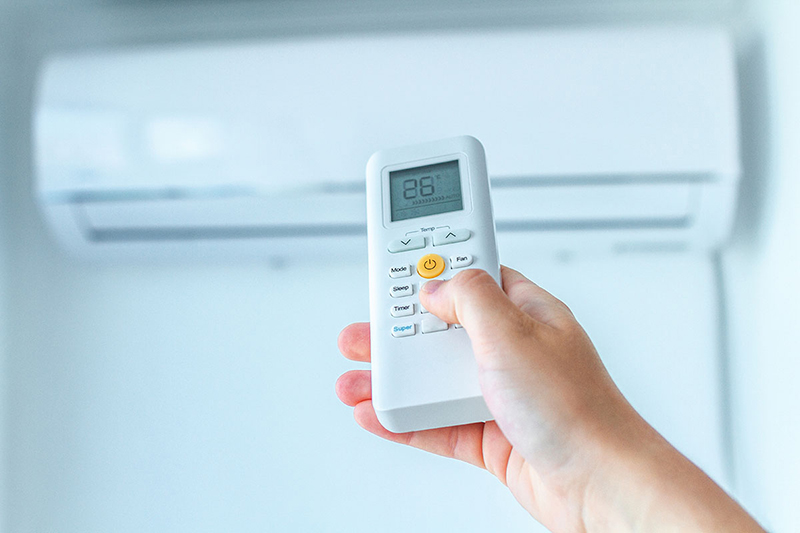
In our last article, we talked about heat pumps and how they work. A heat pump is an indispensable part of an air conditioner that mainly drives the refrigerant throughout the various parts.
When it functions to cool, it pumps the refrigerant to the evaporator, compressor, expansion valve and evaporator coil. As the refrigerant moves through the different components, it changes its state between liquid and gas, and the process continues over and over again.
In this article, we’ll explain the common types of heat pumps you can find outside today.
A common kind of heat pump is the air-to-air heat pump. This pump uses air as a heat source and sink. Some examples are residential and commercial air conditioners that are also reversible and therefore able to be used for both cooling and heating.
This type of pump is highly energy-efficient, comes with lower installation costs than other heat pump systems and can deliver robust cooling and heating, making it an ideal choice for consumers. Think of your Mitsubishi R32 aircon that uses a Mitsubishi R32 refrigerant, for example.
However, there’s a disadvantage to this heat pump - the greater the temperature difference between the indoor and outdoor temperature, the less efficient it is. If it’s extremely hot, it means that air-to-air heat pumps can face some operating difficulty.
Single-split heat pumps are incredibly popular in both residential and commercial settings. This is because of their ease of installation, energy efficiency and flexibility. They can also be even more energy-efficient when you use it with a smart air conditioner controller.
A single-split heat pump also doesn’t need a maze of ducts or vents, and is also suitable for spaces where it needs to fit older structures with a contemporary air-conditioning system.
It usually consists of the indoor and outdoor unit, and you can also find multi-split units that allow you to use a single outdoor unit to power multiple indoor units.
As compared to single-split heat pumps, exhaust air heat pumps are less widely known. This type of heat pump makes use of exhaust air from a separate process and removes heat from it. It requires close proximity to an exhaust system with regular flow and consistent temperatures as well.
In Singapore, we don’t have underground heat pumps, but they’re present in foreign countries like the USA. This heat pump gets rid of the main issue with air-to-air heat pumps, which is the temperature variation and corresponding lack of performance.
This is because underground heat pumps have efficient cool air throughout the year, together with greater heat pump efficiency because of its relatively low energy consumption.
An underwater heat pump uses a heat exchange medium from a water source. This means that it is essential that a water source is situated nearby. A network of coils or loops are installed below the body of water.
This heat pump is great for use in extreme climates without affecting its performance. Compared to air-to-air systems, they can have more expensive upfront costs.